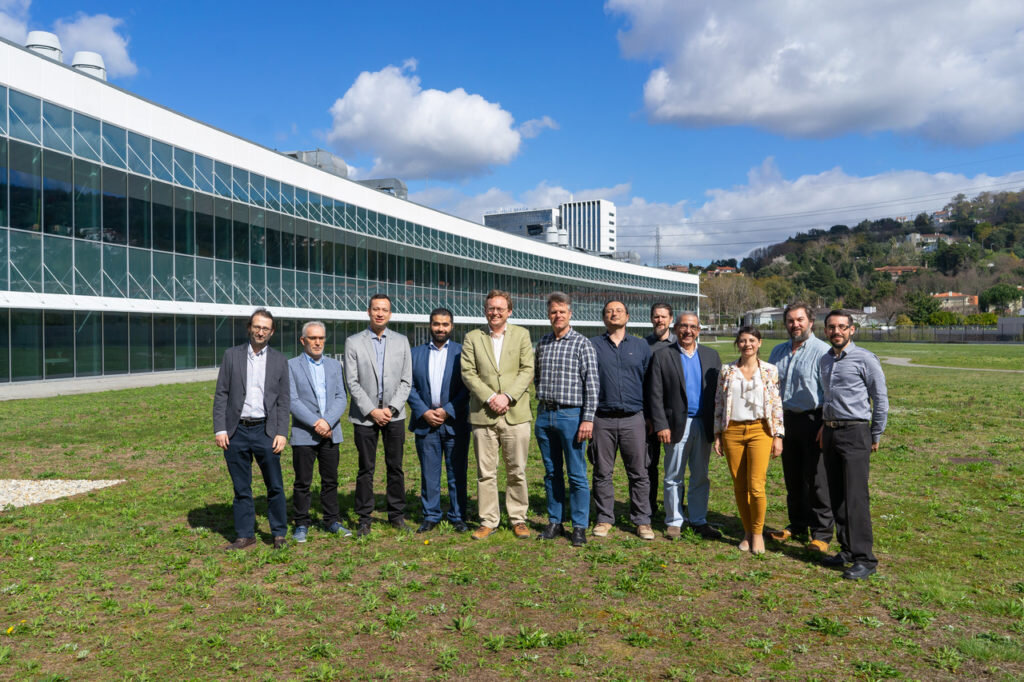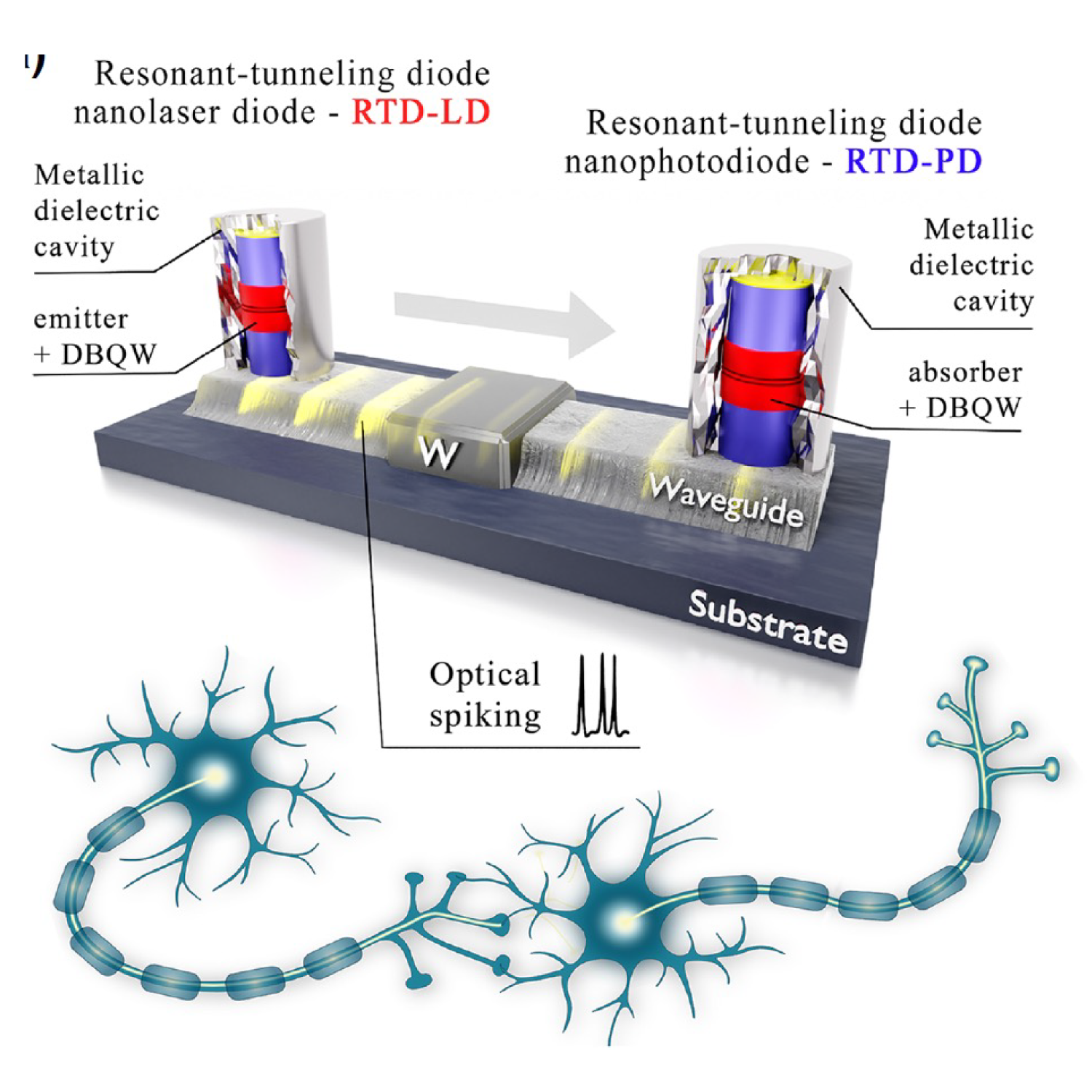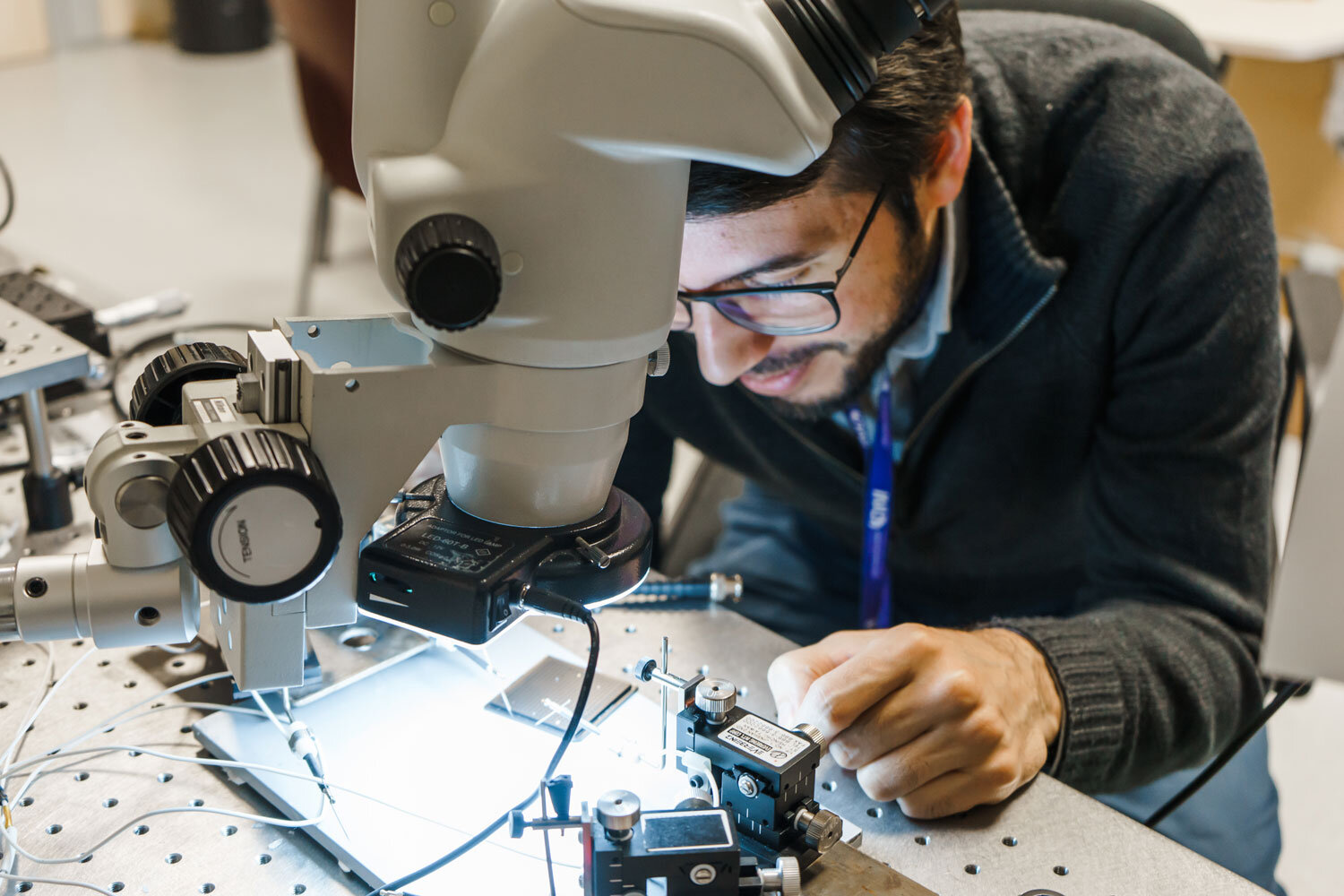
ChipAI: a European Project led by INL
March 14, 2019
ChipAI hits the lab to transform Artificial Intelligence
The ChipAI Project, recently granted with almost 3.9M€ support from a FET OPEN Project, within H2020 EU funds, will gather representatives and research leaders from the 8 international participating institutions for the kick-off meeting next 13th and 14th of March, at INL – International Iberian Nanotechnology Laboratory, in Braga, the leading entity of the project.
The same way the internet revolutionised our society, the rise of Artificial Intelligence (AI) that can learn without the need for explicit instructions is transforming our lives. AI uses brain-inspired neural network algorithms powered by computers. However, current central processing units (CPU) are extremely energy inefficient at implementing these tasks.
This represents a major bottleneck for scalable and portable AI systems. Reducing the energy consumption needed to emulate complex brain functions is a major challenge that ChipAI is now addressing using photonics-based technologies.
ChipAI aims at developing nanoscale photonic chips capable of delivering compact, high-bandwidth and energy-efficient CPU’s using optically interconnected spiking neuron-like sources and detectors.
In the next 3 years, INL will be working with researchers from the University of Glasgow (UK), University of Strathclyde (UK), Eindhoven University of Technology (NL), Faculty of Sciences (FCiencias.id) – University of Lisbon (PT)), University of the Balearic Islands (ES), IQE plc (UK), and IBM Research Gmbh (CH) to develop proof-of-principle photonic components and chips for AI applications.
Like the brain, only better and faster
ChipAI will pursue its main goal through the exploitation of low-dimensional semiconductor nanostructures embedded in ultrasmall cavities, with dimensions 100 times smaller over conventional devices, for efficient light confinement, emission and detection of spiking neuron-like signals, similar to the signalling found in the brain. Key components to be developed include non-linear nanoscale lasers, light-emitting diodes (LEDs), detectors, and synaptic optical links on silicon substrates to make ChipAI an economically viable technology.
This radically new architecture will be tested for neuron-like information processing towards validation for use in artificial neural networks. This will enable the development of real-time and offline portable AI and neuromorphic (brain-like) CPUs.
In perspective, ChipAI will not only lay the foundations for the new field of neuromorphic optical computing, as will enable new non-AI functional applications in biosensing, imaging and many other fields where masses of cheap miniaturised pulsed sources and detectors are opening disruptive innovations.



